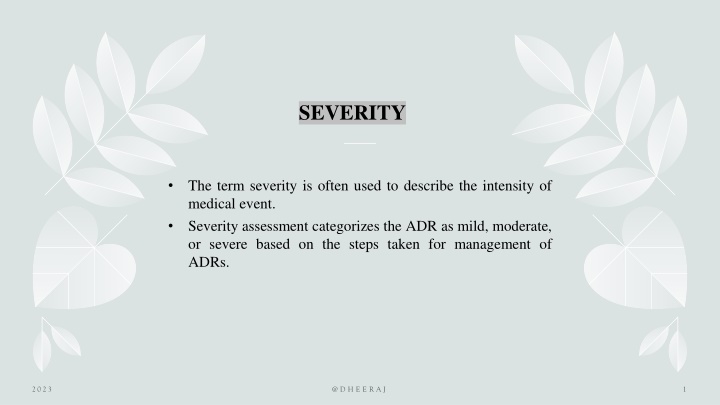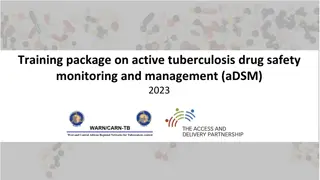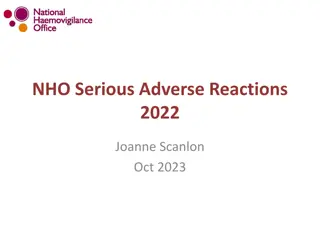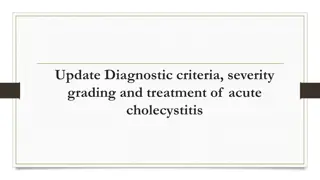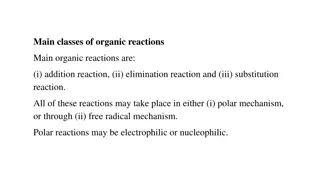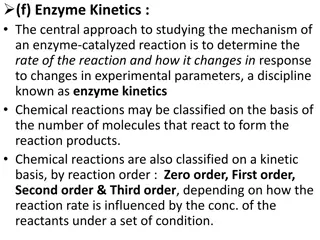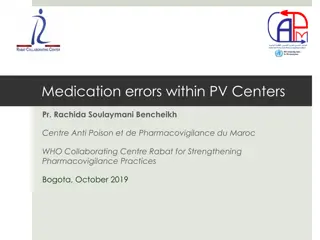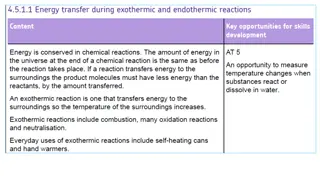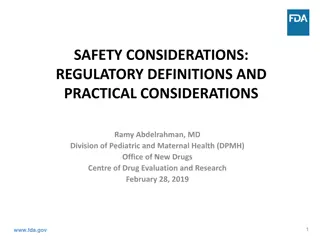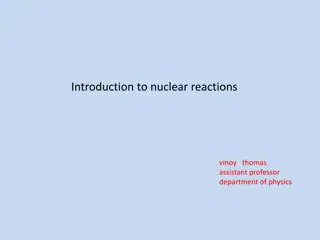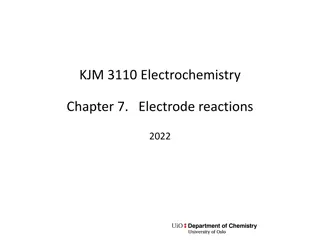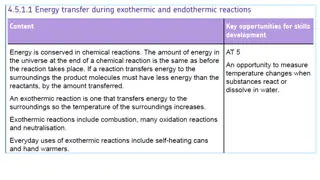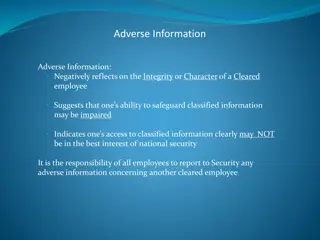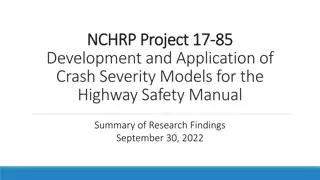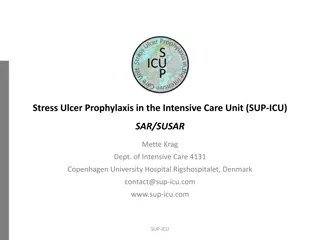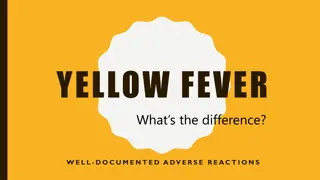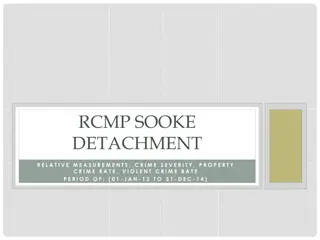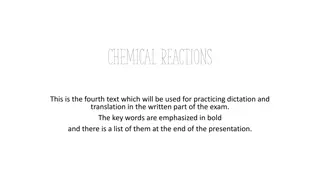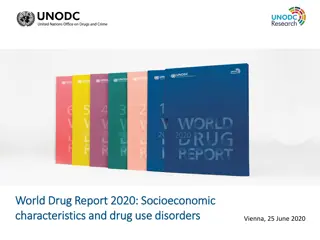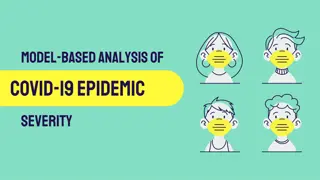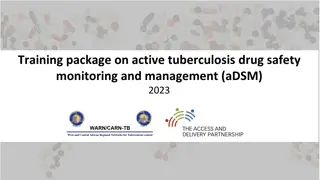Severity Assessment in Adverse Drug Reactions
The concept of severity assessment in adverse drug reactions (ADRs) categorizes the intensity of medical events into mild, moderate, severe, or lethal categories based on the required management steps. Various classification systems such as Karch and Lasagna, as well as modified Hartwig's and Siegel assessment scale, offer detailed levels within each category to determine the appropriate response and treatment for different ADR severities.
Download Presentation

Please find below an Image/Link to download the presentation.
The content on the website is provided AS IS for your information and personal use only. It may not be sold, licensed, or shared on other websites without obtaining consent from the author.If you encounter any issues during the download, it is possible that the publisher has removed the file from their server.
You are allowed to download the files provided on this website for personal or commercial use, subject to the condition that they are used lawfully. All files are the property of their respective owners.
The content on the website is provided AS IS for your information and personal use only. It may not be sold, licensed, or shared on other websites without obtaining consent from the author.
E N D
Presentation Transcript
SEVERITY The term severity is often used to describe the intensity of medical event. Severity assessment categorizes the ADR as mild, moderate, or severe based on the steps taken for management of ADRs.
SEVERITY KARCH AND LASAGNA classified severity into minor, moderate, severe and lethal as defined below: Minor: No antidote, treatment or prolongation of hospitalization required. Moderate: A change in drug therapy (e.g.: modified dosage, addition of a drug), but not necessarily discontinuation of the drug is required; hospitalization may be prolonged, or specific treatment may be required. Severe: Potentially life threatening, causing permanent damage or requiring intensive medical care. Requires drug discontinuation. Lethal: Directly or indirectly contributes to the death of the patient.
MODIFIED HARTWIG'S AND SIEGEL ASSESSMENT SCALE Hartwig et. al robustly categorized ADR severity into seven levels according to clinical consequence, including resultant harm and intensity of medical intervention required. Level 1 and 2 fall under mild category Level 3 and 4 fall under moderate category Level 5, 6 and 7 fall under category severe category.
MODIFIED HARTWIG'S AND SIEGEL ASSESSMENT SCALE Mild: Level 1: The ADR requires no change in treatment with the suspected drug. Level 2: The ADR requires that the suspected drug be withheld, discontinued or otherwise changed. NO antidote or other treatment is required, and there is no increase in length of stay.
MODIFIED HARTWIG'S AND SIEGEL ASSESSMENT SCALE Moderate: Level 3: The ADR requires that the suspected drug be withheld, discontinued or otherwise changed, and / or an antidote or other treatment is required. There is no increase in length of stay. Level 4 (a): Any level 3 ADR that increases length of stay by at least one day. Level 4 (b): The ADR is the reason for admission.
SERIOUSNESS CLASSIFICATION A serious adverse event or reaction is any untoward medical occurrence that at any dose: Results in death Is life threatening Requires inpatient hospitalization or prolong hospitalization Results in persistent or significant disability Is a congenital anomaly/birth defect
PREVENTABILITY AND PREDICTABILITY OF ADRs
PREVENTABILITY OF ADRs Whether an ADR is preventable or not Schumack and Thornton proposed in 1992 that its answer would depend on the answers of the following seven questions. If the answer is yes' to one or more of these questions, the final answer would be yes, the ADR is preventable. The questions are:
PREVENTABILITY OF ADRs 1. Was the drug involved in the ADR not considered appropriate for the patient's clinical condition? 2. Were the dose, route, and frequency of administration not appropriate for the patient's age, weight, and disease state? 3. Was required therapeutic drug monitoring or other necessary laboratory tests not performed? 4. Was there a history of allergy or previous reactions to the drug? 5. Was a drug interaction involved in the reaction? 6. Was a toxic serum drug level documented? 7. Was poor compliance involved in the reaction?
PREDICTABILITY OF ADRs Type A (Predictable): Extension of pharmacological effect Often predictable and dose dependent Example: Dry mouth induced by anti- cholinergics. Type B (Non-predictable): Idiosyncratic or immunologic reactions Rare and unpredictable Example: Penicillin induced anaphylactic shock
